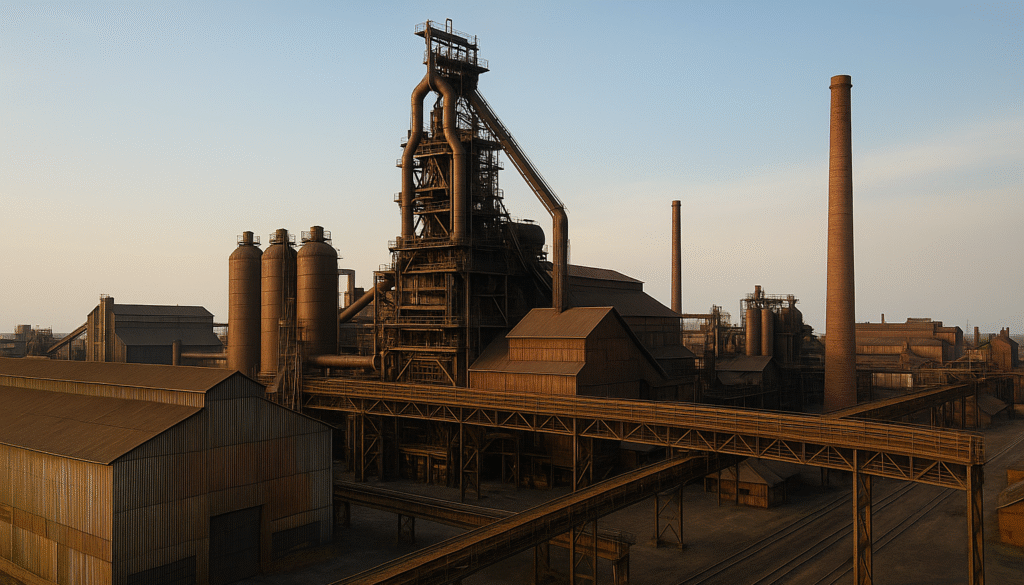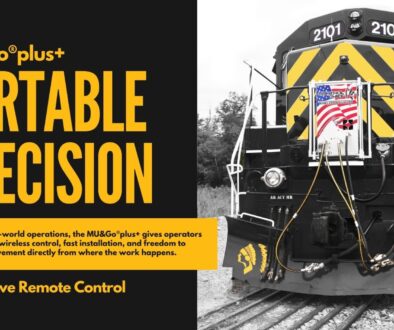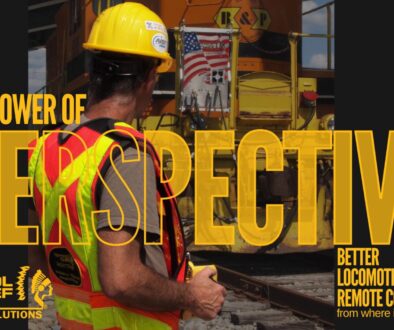Nippon Steel Completes Landmark $14.9 Billion Purchase of U.S. Steel

June 18, 2025 – Japanese steel giant Nippon Steel has officially finalized its US$14.9 billion acquisition of United States Steel—capping an 18‑month saga that drew intense political and union scrutiny. The deal was first proposed in December 2023 at US$55/share, and was ceremoniously closed on June 18, 2025 .
A centerpiece of the agreement is a “golden share” held by the U.S. federal government under a new national security pact. This grants the President veto power over major corporate actions—including plant closures, closure of U.S. headquarters, job relocation abroad, and future acquisitions—and the right to appoint a direct board member. [Reuters]
Preparations for scale‑up include an $11 billion investment pledge through 2028, with hints of additional funding via capital raises (¥300–500 billion or US$2.1–3.5 billion) [Financial Times]. Japanese CEO Eiji Hashimoto emphasizes the golden share “does not risk” Nippon’s management strategy, reassuring stakeholders of operational stability under U.S. oversight [Reuters]
With this merger, Nippon Steel contends with a global production capacity nearing 86 million tonnes—approaching its 100 million‑tonne ambition—and enhances its access to the U.S. steel market, supported by protective tariffs. [Reuters.com] However, labor—the United Steelworkers union—remains watchful, wary of the long‑term implications .
ArcelorMittal Takes Full Control of AM/NS Calvert
In parallel, ArcelorMittal has acquired Nippon Steel’s 50% share in the AM/NS Calvert joint venture located in Alabama. Officially announced on June 18, 2025, this move combines with Nippon’s U.S. Steel takeover as regulatory compliance and strategic refocusing [aist].
The Calvert plant—now rebranded ArcelorMittal Calvert—boasts strong metrics: generating $614 million in EBITDA for FY2024 (~60% of JV’s total) [arcelormittal.com]. Financially, the deal adds approximately US$1.3 billion in net debt to ArcelorMittal but is projected to bring a one‑time gain near US$1.5 billion in Q2 2025 [arcelormittal.com]. Sustaining capex is forecast around US$90 million annually, with additional outlay in late 2025 focused on an Electric Arc Furnace (EAF) initiative
This shift gives ArcelorMittal full operational command over a strategically significant U.S. flat‑rolled steel asset, capable of producing 5.3 million tonnes of standard steel and 1.5 million tonnes of low‑CO₂ steel annually [linkedin.com].
Strategic Implications for the U.S. Steel Industry
- Government oversight in foreign M&A is intensifying. The inclusion of a “golden share” reflects a growing trend toward balancing national security with industrial investment [apnews.com].
- Capital investment is flowing. Nippon’s US$11 billion and ArcelorMittal’s EAF expansion illustrate major technological upgrades aimed at decarbonization and modernization.
- Consolidation continues. These transactions highlight the shifting landscape of steel production in the U.S., where global firms are integrating major assets to secure long‑term supply, capacity, and market influence.
See Also
- AIST coverage of Nippon Steel and U.S. Steel acquisition [aist.org]
- AIST report on ArcelorMittal’s acquisition of Nippon’s stake in AM/NS Calvert [aist.org]
Discover Control Chief’s Remote Control Solutions for Steel Industry Equipment
As the steel industry undergoes rapid transformation, reliable remote control systems are more critical than ever. Control Chief specializes in advanced industrial remotes tailored for demanding environments—helping streamline operations, enhance safety, and maximize efficiency.
- Cranes — rugged, precision crane remote systems built to last under extreme conditions. Learn more.
- Locomotives — durable, responsive locomotive remote controls to keep rail logistics on track. Learn more.
- Steel facilities — comprehensive remote control solutions designed for heavy‑duty industrial applications. Learn more.
Equip your steel handling operations with Control Chief’s cutting-edge remote controls—engineered for reliability and safety in the toughest industrial settings.
Views: 43



